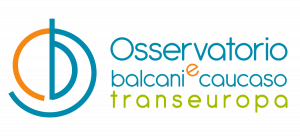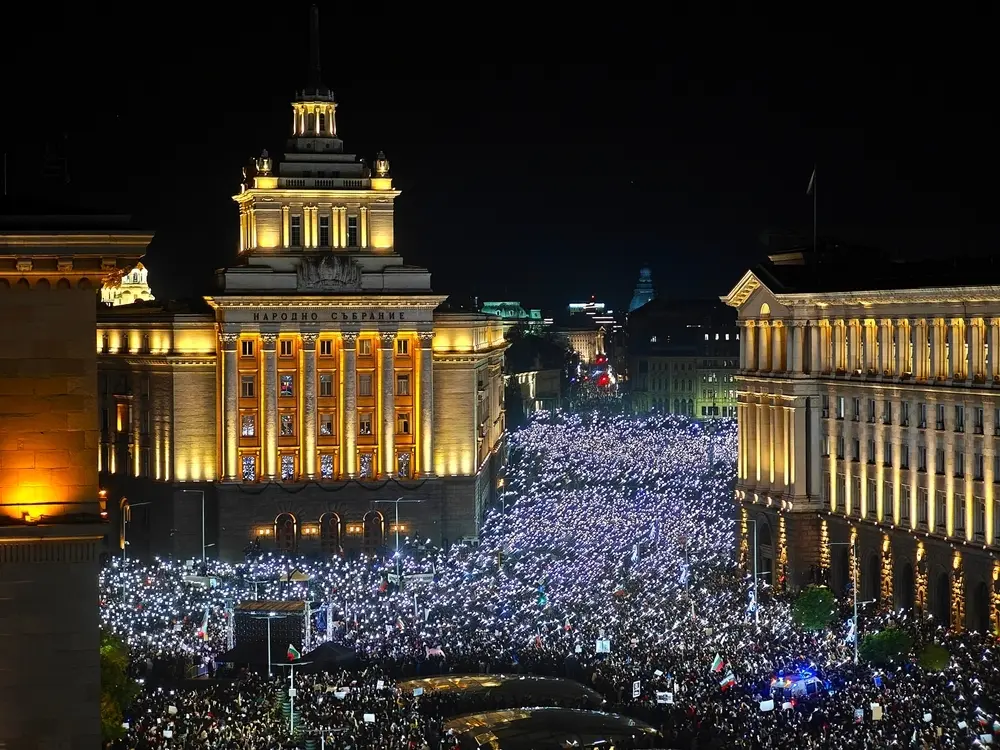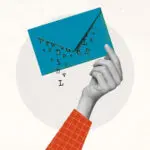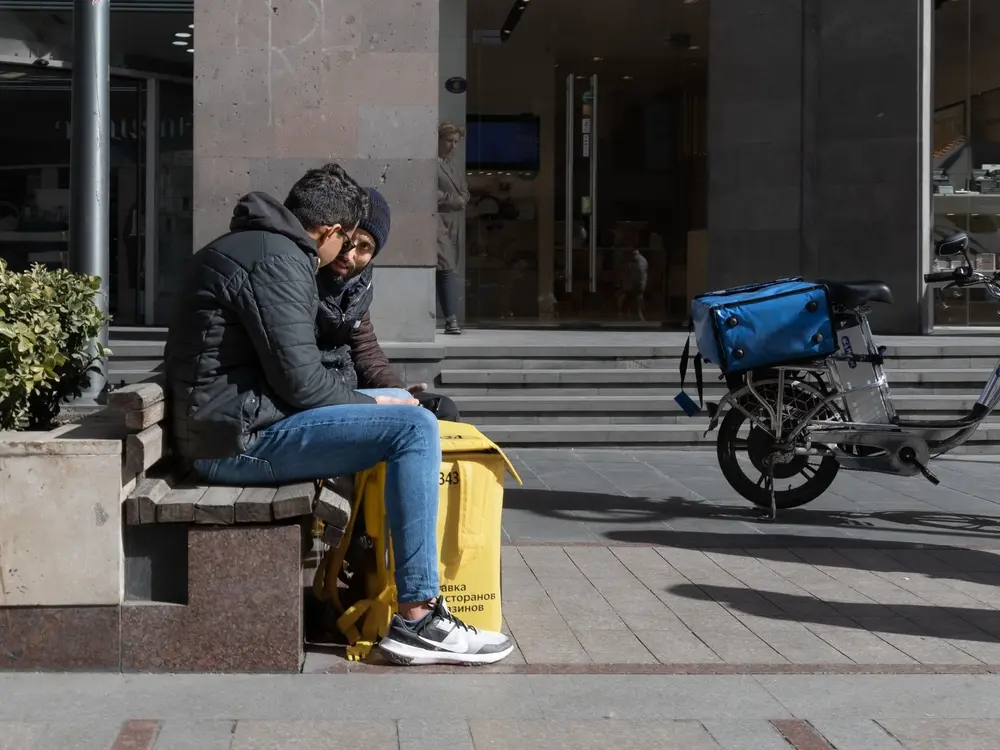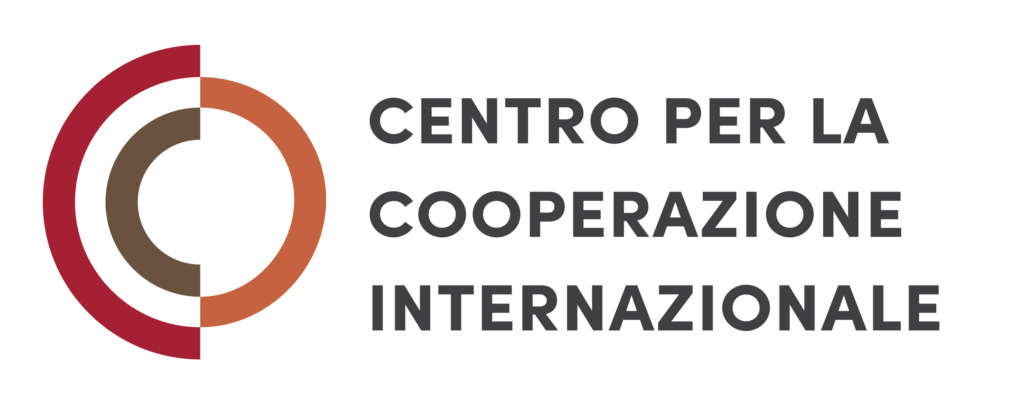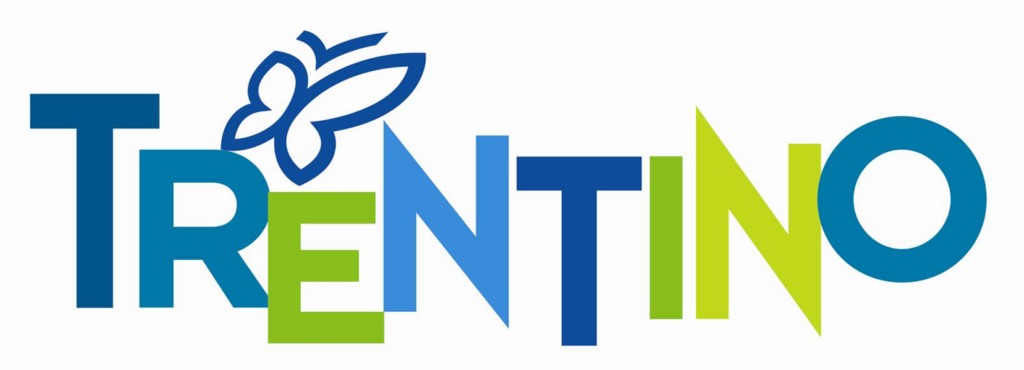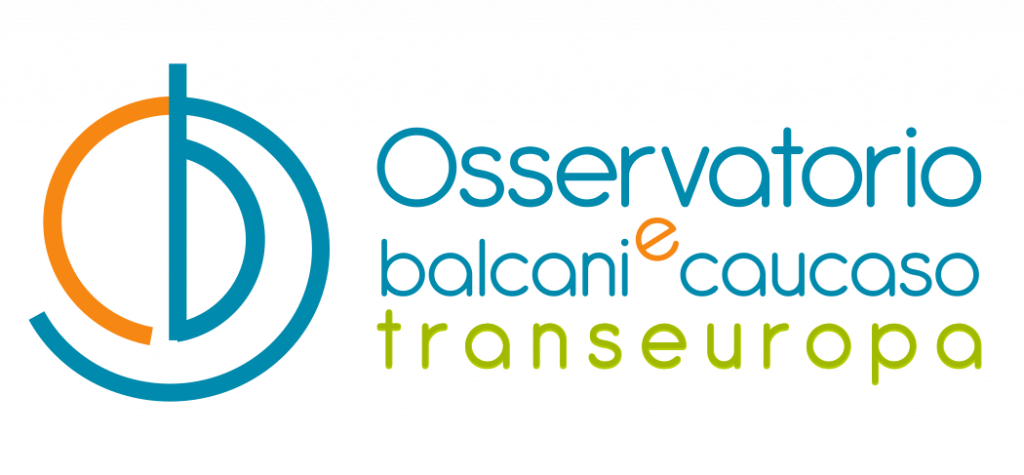L’euro in Serbia
L’arrivo dell’euro non è stato solo un evento importante per i 12 paesi dell’Unione Europea, ma anche per Belgrado, come testimoniato dall’enorme numero di articoli pubblicati dalla stampa locale che si sono occupati di questo tema.
One thing is clear: January 1, 2002, the moment when 12 of the European national currencies will be changed into Euro, for ordinary people living in Serbia it will be the day in which the very popular currency, the Deutschemark (DEM), will be out of use. The people of Serbia will have to say goodbye to their loving DEM.
Shifting from Deutsche marks to Euro
Since the late seventies it was common practice in Serbia for anyone belonging to the middle class to change dinars into American dollars. However in the mid- eighties, when Serbia began to import more foreign products everything began to be calculated in DEM.
Why was the German mark so popular in former Yugoslavia? There might be two answers to the question. First would be that Germany, during the presidency of Ante Markovic (late eighties when the dinar was proclaimed as convertible currency), was the major industrial partner of the former Yugoslavia. The second would be that the people originating from Serbia and working in Germany (known as gasterbajteri) were sending money to the relatives in their homeland. The latter kind of business doing was strongly popular in the nineties, during a period of poverty, where for a relatively small amount of DEM it was possible to survive. For example, in late December for 1 DEM one could get 450 billion dinars. At that time someone owning 5 DEM was able to spend a nice evening, drinking and eating, driving by cab, etc.
But now after January 1, 2002 the people in Serbia will have to forget DEM.
The first quantities of Euro for the National Bank of Yugoslavia (NBJ) supplies were brought to the Surcin airport in Belgrade on December 4, 2001. The amounts of this transport were not revealed to the public. This was explained as a business secret, however it was said that by the end of December an amount of 400 million Euro would be transported in Serbia, which NBJ ordered from Reiffeisen Bank and Deutsche bank.
(The Reiffeisen Bank is one of the most popular foreign banks in which it is possible to do a conversion of DEM and other currencies into Euro, however over the account)Somewhere in the middle of the year 2001, it was still not clear enough in what ways this shift from DEM (or the other 11 currencies) into Euro would be implemented. Hence some presumed there will be panicking, and foresaw crowds and crowds of desperate people queuing for their money to be changed and saved. However this was not a winning scenario.
Even now at the very end of 2001 there is no need for panic and hurry. Apart from the fact that in the EU member countries the national currencies will be valuable until the end of February 2002, it is possible in Serbia to change money even until May 31, 2002. Formally the money would be possible to change after the previously mentioned deadline, however it will be under slightly different circumstances, still not prescribed. This actually means that the circumstances after May 31 might be less convenient.
Obtaining the Euro in Serbia
The citizens of Serbia will receive the National Bank of Yugoslavia (NBJ) prospects by post, with instructions on how to change their money, for Euro or some other currencies. For the people living in the European Union member countries, and other European countries it will, however, be easy to change their money into Euro, while on the other hand for the citizens of Serbia it will be if not harder than surely different. The people changing their money before May 31 will be able to choose between five to six different ways to get the Euro. The citizens owning money will be able to do it in the following ways:
The first possibility is for citizens just to go to one of the 2 500 exchange offices in Serbia, bring their money and easily change it to Euro, with the provision of 0,9%. This actually means that the change of 10 000 DEM will cost around 90 DEM.
This provision of 0,9% was commented on by the NBJ Governor Mladjan Dinkic, as being needed for the transport expenses to be paid, and that the state will not profit from it.
Actually for 100 DEM one will get 50 Euro, and a small change in dinars (100 DEM equals 51, 1292, plus 0,9% provision). This small change in dinars instead of Euro is being given due to the fact that no Euro coins will be brought in Serbia, as a large amount of coin transport is expensive. Hence, all the amounts smaller than 5 Euro will be paid in dinars.
The second possible way to change money is actually the safest one. One can just go to any of the banks in Serbia deposit (invest) his/her money, which will automatically be transformed into Euro.
The problem with investing money is that there is still a negative attitude toward bank investments dominating in the minds of the citizens of Serbia. Many of them lost large amounts of money by putting it into banks, which went into bankruptcy during the previous decade.Serbian Finance Minister Bozidar Djelic expressed his hopes that the exchange, if done properly, may again provoke people’ s trust in banks and investments.
The third possibility would be to change DEM (or some of the other eleven national currencies) into American dollars, British pounds or for instance into Swiss franks.This possibility is not strongly recommended, as it is quite easy to loose money during the transactions.
The fourth, however, only formal possibility is to change the money into dinars, and here no provision is taken. It is presumed that no one would be much interested in doing so.
The last two options for changing the money are a bit hazardous. Whether trying to change the money abroad through relatives’ accounts, which, of course might be dangerous, as money may be taken at the border as being illegally taken out of the country, or changing the money on the streets at dealers (very popular in nineties), without provision of 0,9%, but risking to get a forged money, is a risky option. In the last week of December 2001, it was the Paris Liberation which reported the statement by Charlie Patrick, a Budapest-based international financial legal expert claiming that counterfeit Euro are already in circulation in Yugoslavia and Bulgaria.
UNMIK is also warning about the danger of forged money, which by UNMIK knowledge is coming, from illegal printing- houses in Bulgaria, and is then spread in all the Balkan countries.
Security Measures and the Euro
The estimates of the German Deutsche Bank, rather optimistically, presumes that people in Yugoslavia have in their "secret places" hidden around 9 billion DEM cash, while the NBJ Governor Mladjan Dinkic’ s guess is that the sum amounts around 6 billion DEM in cash. Here Dinkic takes into account firms in FRY.
People changing amounts smaller than 20 000 DEM will not be checked. NBJ adopted the advice given by the European Union, therefore everyone changing amounts bigger than 20 000 DEM will have to leave their ID or passport number. The data given will be used only by the police if there is any suspicion.
A G17 Plus expert and the director of Center for Transition in Podgorica commented that this is not good as now anyone obtaining money in illegal ways will be able to wash it by changing it into Euro. So it is obvious that money, actually its origin will not be checked as it would be expected.
Still one of the major problems is the status of Montenegro in FRY. Montenegro, as well, will from January 1, 2002 shift to Euro. Montenegro is still the federal unit inside the common state with Serbia forming another federal unit.
In one of his statements the Governor of the National Bank of Yugoslavia (NBJ), Mladjan Dinkic, said that Montenegro did not have the approval of the European Central Bank to put the Euro into circulation. Dinkic added that Montenegro had "bought the Euro from a commercial bank in Germany, under commercial terms, i.e. according to the official exchange rate". Dinkic also advised the Montenegrin Council "to reintroduce the Yugoslav dinar as a national currency". The NBJ governor assessed that the existence of the dinar as a national currency represented a rational solution for Serbia, Montenegro, and the FRY, adding that the greatest advantage of the dinar as a joint currency was "flexibility in conducting financial policy".
Besides the problem existing between Montenegro and Serbia, which is of course quite an important one, at the end it would be interesting to mention that there are still some disputes among the experts for the standardization of the Serbian language on how the new currency Euro should be pronounced. Some find that it should be pronounced with a V, i.e. EVRO (as in Serbian it is not said Europa but Evropa), while others think it should be pronounced as it is written- EURO.
It is presumed that putting the Euro into circulation will not cause any direct consequences, as the dinar is actually fluctuating under control. The only thing that will be different is that now the dinar will not adjust any more to the DEM, but to the Euro.
See also:
In evidenza
- Partecipa al sondaggio
